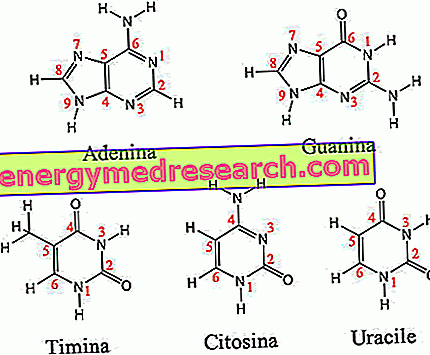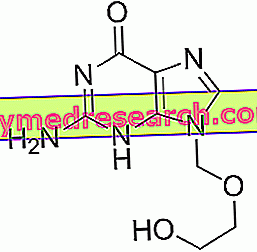
In the elderly, malnutrition occurs more easily than in other age groups and with aging the body reduces many of its physiological capacities, causing a change in body composition. These alterations translate into:
- Lean mass ratio (FFM) / fat mass (FM) in favor of fat
- Reduction of overall hydration
- Reduction of bone mineralization.
Malnutrition in the elderly can be classified as primary and secondary; primary malnutrition is linked to inappropriate eating habits influenced by physiological, pathological, socio-economic and environmental factors; secondary malnutrition depends above all on the alteration of the digestive capacity, the reduced potential for intestinal absorption, the ineffective blood transport and the poor metabolization of nutrients; all this is aggravated by a reduced perception of bodily stimuli (hunger and thirst) and by the predisposition to psychiatric comorbidities (depressive and / or anxious disorders) or neuro-degenerative (Alzheimer's disease, Parkinson's disease, etc.).
The trend towards malnutrition of the elderly concerns all nutrients, including dietary fiber and water.
In the third age the overall energy expenditure decreases significantly due to the lowering of the basal metabolism (MB) and the level of physical activity (LAF); often, to limit excessive weight gain, the diet's caloric intake is reduced, risking compromising the recommended rations of essential nutrients. In the elderly, a moderate increase of the adipose mass plays a protective role from bone fractures, on the other hand, the predisposition to weight gain, concomitant with the reduction of skeletal muscles, can favor or aggravate various pathological conditions such as Diabetes Mellitus, the hypertension, dyslipidemia, etc.
In order to prevent malnutrition in the elderly it is essential:
- Guarantee the intake of proteins of good biological value containing essential amino acids useful for the preservation of the lean mass
- Encourage the consumption of fresh vegetables and fruits containing an abundant ration of water-soluble vitamins, trace elements, antioxidants, water and dietary fiber
- Monitor that the intake of carbohydrates is NOT excessive with the risk of compromising the energy-nutritional balance
- Encourage the replacement of certain cereal-based foods with those containing legumes
- Ensure that the levels of essential fatty acid intake are within the minimum requirement
- Limit the consumption of alcoholic beverages
- Promote water consumption
Malnutrition in the elderly is often aggravated by significant pathological conditions; esophageal (dyspepsia, reflux and diverticulosis), gastric (gastritis and ulcers) and intestinal (constipation, diverticulosis, Crohn's disease, etc.) diseases compromise both eating habits and nutrient absorption levels.
In order to guarantee natural aging and limit health interventions on geriatric patients, it is very important to reduce the incidence of malnutrition in the elderly and to favor, when possible, the maintenance of general fitness through an accurate plan of cardiovascular training and muscle strengthening .
Bibliography:
- Nutrition and dietetics of the elderly - A. Raimondi - Piccin - pag 17



